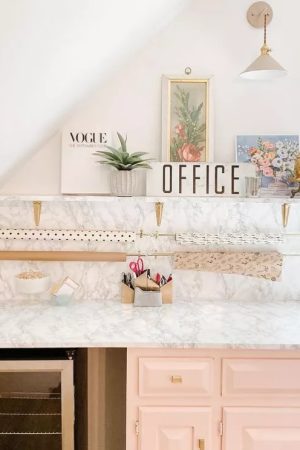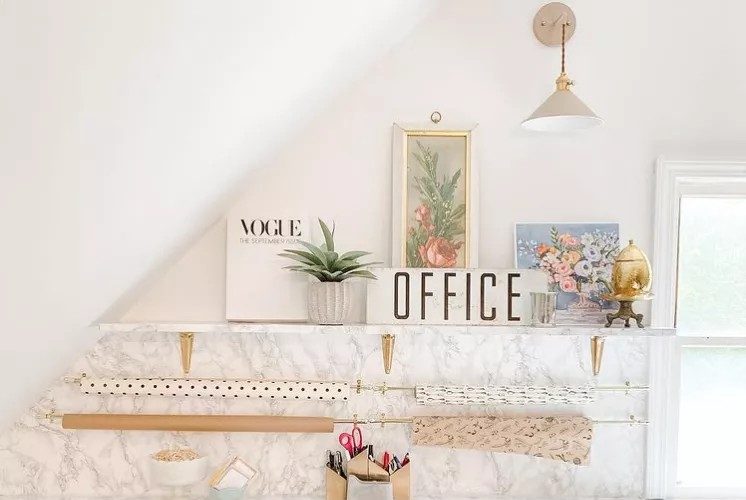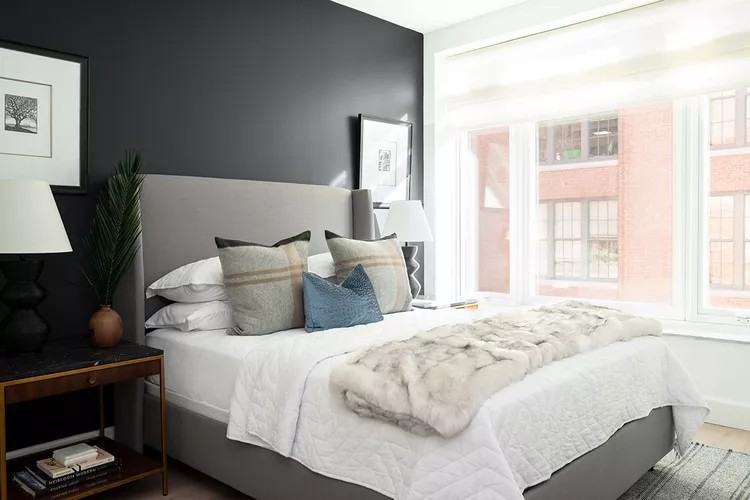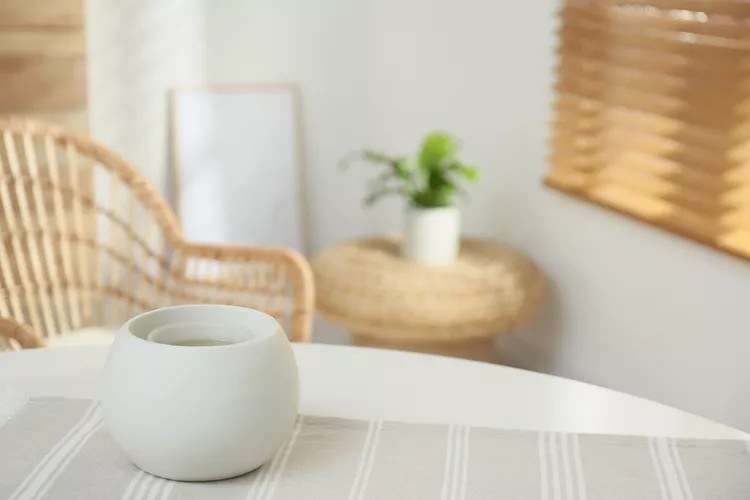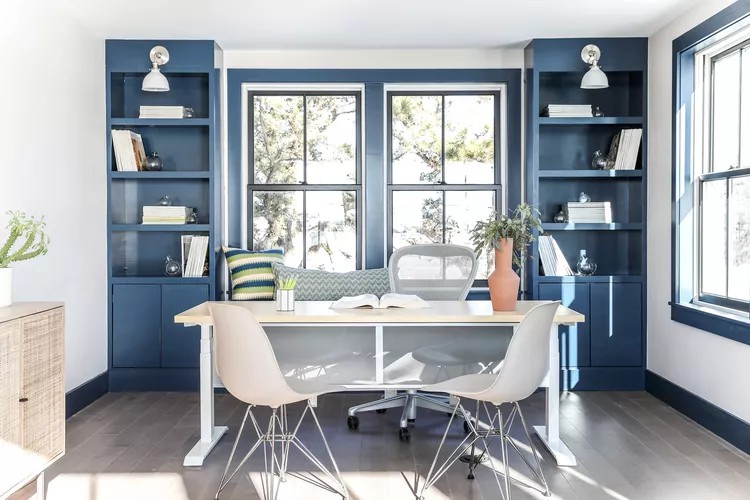Your corkscrew may have suffered a terrible fate due to the vicious blades in your garbage disposal. You may have bought a cheap, poorly-made corkscrew that snapped in half at an inconvenient time. The broken pieces then lodged in the cork between you and the wine. You may have lost your corkscrew.
Do not worry if you do not have a backup corkscrew on hand in case of an emergency. You can remove the cork from a wine bottle even without a corkscrew. It may require some creativity, some finagling and a lot of faith.
You can use these strategies to your advantage.
Use a Sturdy Wooden Spoon
Consider pushing the cork into the bottle instead of popping it out.
- Place your wine bottle on a flat, stable surface.
- Grab a wooden spoon that has a thin handle. Place the tip of this handle on the cork.
- You can use your weight to press down. This will require a lot of pressure, so you may need to try several times before it starts to move.
- Decant the wine once the cork is out of the bottle.
Get Your Toolbox Out
Here’s how to open a bottle of wine using other household tools.
- Use the longest screw in your toolkit to bore through the center of the cork. Leave about 1/2 inch of screw protruding from the top.
- Grab the neck of the glass bottle and tuck the body under your arm.
- Then, using a steady, firm motion, pry the cork out with the claw end of the hammer.
- Pour the wine through a fine mesh strainer before drinking to ensure there are no broken pieces of cork.
Wiggle it Out
You can use force to drive the cork from your wine bottle if you don’t own any tools. But be careful, too much force could cause the bottle to shatter. So take some deep breaths and find the sweet spot between being forceful and gentle.
To protect the glass, you’ll need to cover the bottom of your bottle with some kind of padding. You can use a thick kitchen towel folded in half, or even a sneaker. You may want to put the bottle in a clean sock before using your shoe if you plan to use it.
- Hold your bottle at 90 degrees to the wall and tap it firmly against the wall with a rhythmic, steady beat until you see the cork begin to move out of the neck.
- Tap the bottle on the wall with smaller and faster movements until the cork has come out about half way.
- You can try to yank out the remaining cork with your fingers, while twisting it as you do so.
- If not, a few more thwacks on the wall will do.


